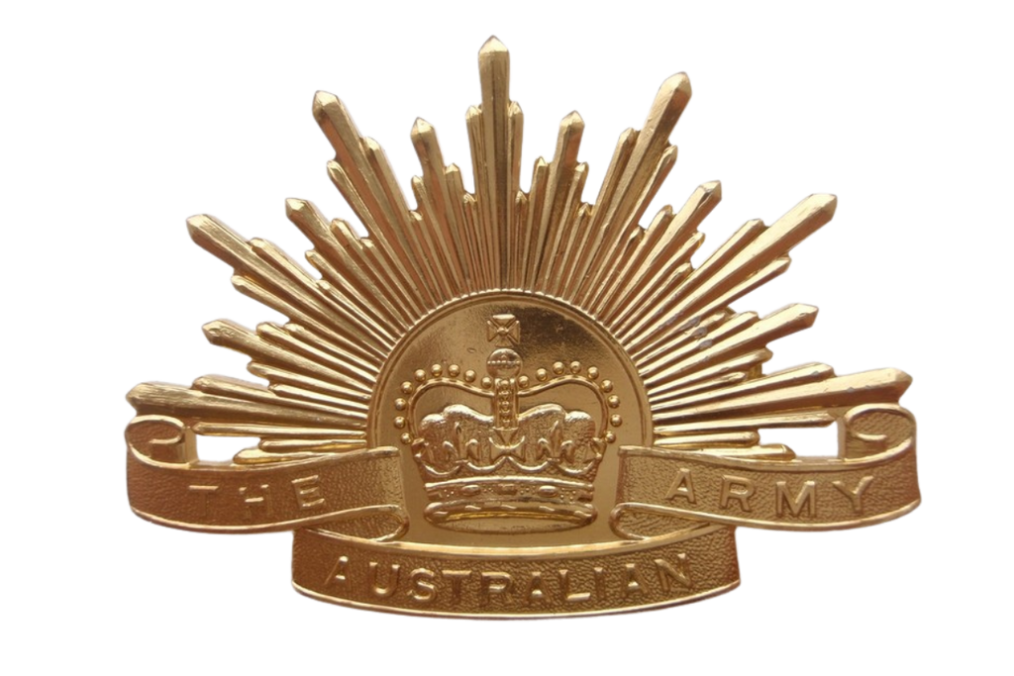Hyundai and Kia have recently showcased a groundbreaking zero-emission hydrogen engine in Korea, which represents a substantial advancement in automotive technology. This innovation is poised to significantly impact the electric vehicle (EV) market by introducing a competitive alternative to traditional battery electric vehicles (BEVs). Here’s a detailed look at the advantages of this development:
Hydrogen Engine Advantages
- Environmental Impact:
- Zero Emissions: Hydrogen engines produce no harmful emissions, emitting only water vapor, which helps combat air pollution and reduces the carbon footprint of the automotive industry.
- Sustainable Energy Source: Hydrogen can be produced from various renewable sources, such as wind, solar, and biomass, making it a sustainable option compared to fossil fuels.
- Efficiency and Performance:
- Extended Range: Hydrogen fuel cells typically offer longer driving ranges than most current battery electric vehicles, addressing range anxiety—a common concern among EV users.
- Fast Refuelling: Hydrogen vehicles can be refuelled in a matter of minutes, similar to petrol or diesel cars, which is significantly quicker than the recharging times required for electric vehicles.
- High Energy Density: Hydrogen has a higher energy density compared to batteries, which means vehicles can travel longer distances without increasing weight significantly.
- Technological Leadership:
- Innovation Leadership: By leading the development of hydrogen technology, Hyundai and Kia are positioning themselves at the forefront of automotive innovation. This leadership can enhance their brand reputation and market share in the green technology sector.
- Diverse Applications: Hydrogen technology isn’t limited to passenger vehicles. It can be extended to commercial vehicles, buses, trucks, and even trains, providing a versatile solution for reducing emissions across various transportation sectors.
- Market Disruption:
- New Market Opportunities: The introduction of hydrogen engines creates new opportunities for market expansion and differentiation in the competitive automotive market.
- Alternative to Battery Supply Issues: As demand for electric vehicles rises, the supply chain for critical battery materials (like lithium, cobalt, and nickel) faces significant pressure. Hydrogen technology provides an alternative path, potentially alleviating some of these supply chain constraints.
- Energy Storage and Grid Balance:
- Energy Storage: Hydrogen can be used to store excess energy generated from renewable sources, helping to balance supply and demand in the energy grid. This makes hydrogen an essential component of a sustainable and resilient energy infrastructure.
- Government Support and Incentives:
- Policy and Incentives: Many governments are providing incentives for hydrogen technology development, recognizing its potential for reducing greenhouse gas emissions. This support can accelerate the adoption and integration of hydrogen vehicles in the market.
Potential Market Impact
The unveiling of Hyundai and Kia’s zero-emission hydrogen engine could lead to a paradigm shift in the automotive industry. As these automakers continue to develop and refine hydrogen technology, they could challenge the dominance of battery electric vehicles by offering an equally sustainable but potentially more practical alternative. This competition can drive further innovation, reduce costs, and expand consumer choices, ultimately fostering a more sustainable transportation ecosystem.
In summary, Hyundai and Kia’s advancements in hydrogen technology represent a significant milestone that promises numerous environmental, economic, and technological benefits. This innovation could reshape the future of the automotive industry, offering a compelling alternative to traditional electric vehicles and contributing to a cleaner, more sustainable world.










